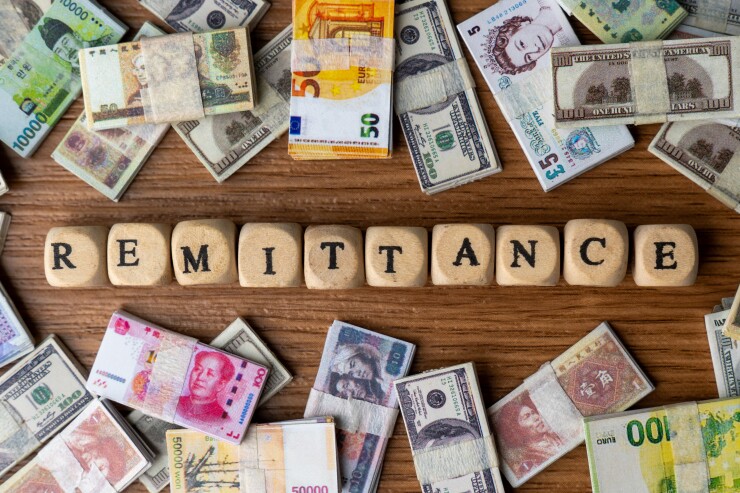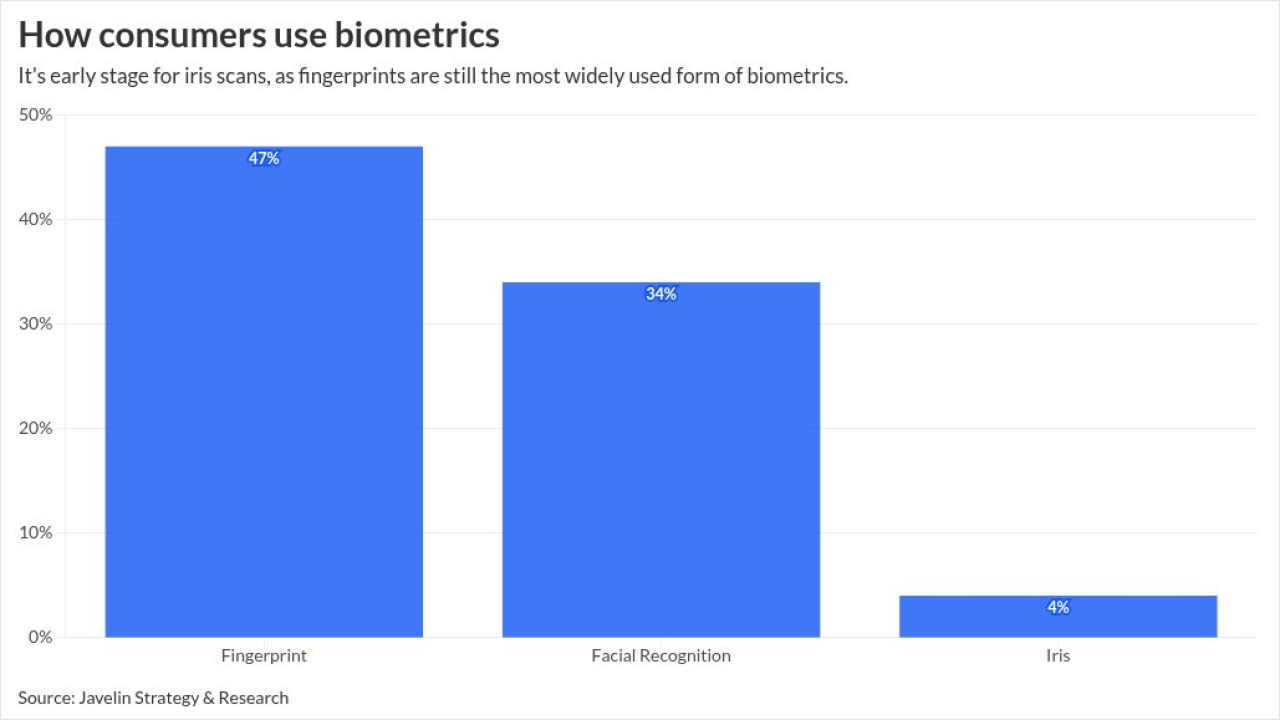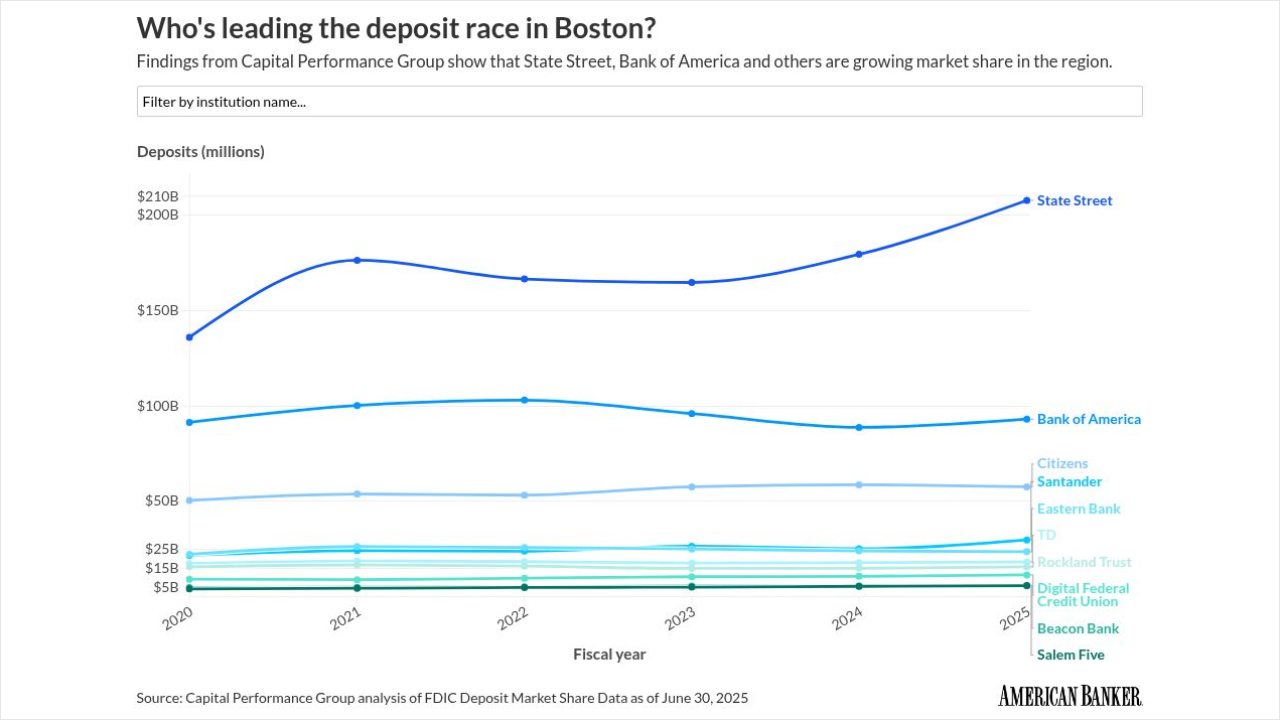
In 2024, African countries received over
Remittances are often
The
Yet despite their importance, remittances remain poorly understood by policymakers and underprioritized by financial institutions. That's a costly mistake.
For example, President Trump's "Big, Beautiful Bill," which was recently signed into law, includes a 1% tax on remittances. Such policies may appear politically expedient, but they ignore economic reality. Taxing remittances effectively means taxing basic subsistence. The immediate result isn't higher revenue, but reduced school enrollment, missed medical care and stalled business activity in the communities that rely on these funds.
This failure to grasp the economic role of migration reflects a broader disconnect. Public narratives often reduce migrants to statistics or policy talking points, masking the full scale of their contribution. In reality, migrants inject liquidity into fragile systems, transfer skills across borders, and drive economic resilience, in both their home and host countries.
Remittances make this contribution visible and measurable. Yet the current systems for sending money home remain slow and hard to access. The World Bank cites an average global fee of
The administration's unpredictable policy has already caused shifts in foreign exchange rates and supply chain payments. Uncertainty about future levies will cause added pressure despite the 90-day pause.
Fintech firms have begun to address these barriers. Mobile-first platforms, peer-to-peer tools and digital remittance networks are expanding access in regions long excluded from traditional banking. In the Global South, digital-first platforms are already being used at scale — not as alternatives to the mainstream, but as the mainstream. And the demand for simpler, faster, and more affordable remittance channels is active and growing.
Still, progress remains uneven. Millions of migrants continue to rely on informal networks or face persistent barriers from outdated financial systems. Even where technology is available, it often fails to meet people where they are, overlooking irregular incomes, limited connectivity and the need for flexibility.
Migrants have long been the true innovators in this space. When banks turn them away, they find agents. When platforms fall short, they adapt. Fintech as well as traditional banks must reflect that same ingenuity, designing for mobile-first environments, supporting cash-to-digital transitions, and building systems that prioritize choice, access and usability at every stage.
Emerging tools like stablecoins could strengthen this infrastructure. When deployed responsibly, they offer the potential for instant, low-cost settlement in cross-border payments, especially in high-volume, high-trust use cases like remittances. But any new solution must meet three core tests: cost, trust and usability. Without all three, uptake will lag and the promise will remain theoretical.
To realize this opportunity, coordinated action is essential. Governments must reconsider policies that treat migrants as risks rather than contributors. Regulators should remove barriers to affordable transfers and enable innovation that puts people first. Financial institutions need to expand access without adding friction. And the tech sector must center its efforts on lived realities.
Because every remittance carries more than money. It enables continuity — a child stays in school, a parent gets care, a household endures. These flows are the operating logic of resilience across much of the world. The task now is to support, not obstruct, that progress.






